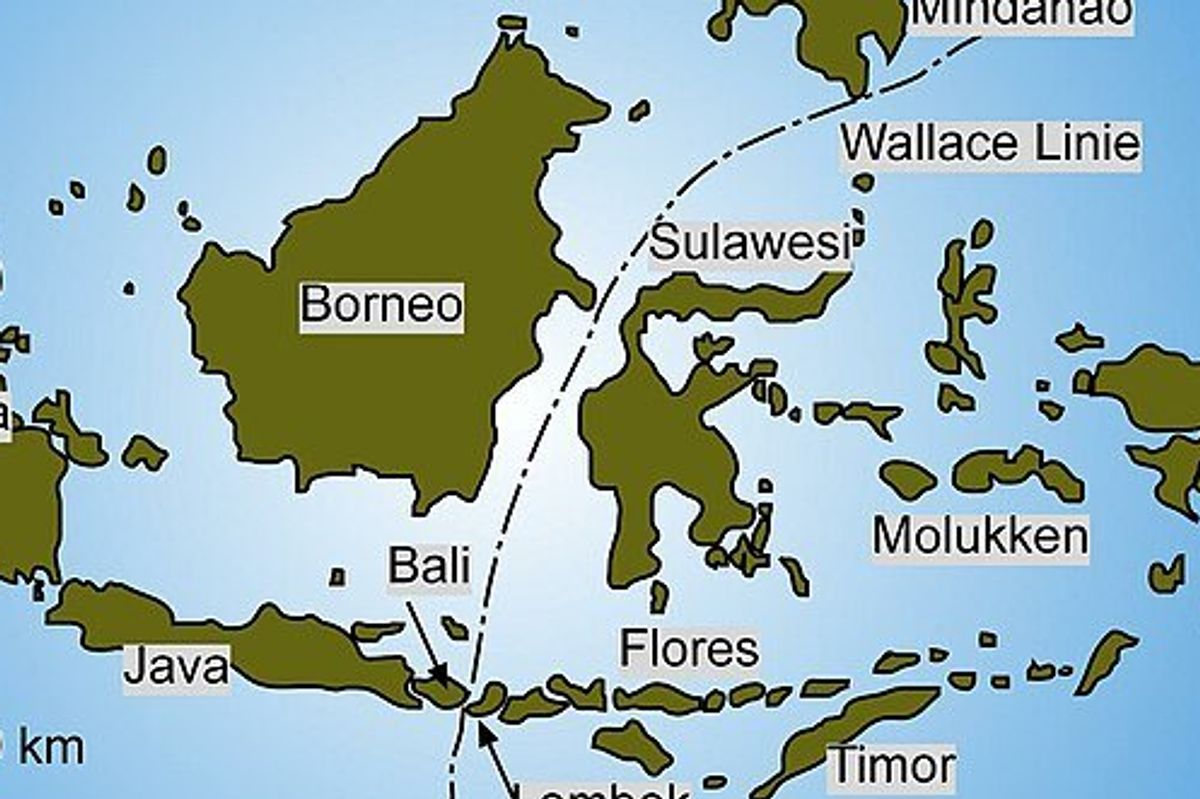
A fascinating biological phenomenon occurs between two islands in Indonesia. An invisible line divides the entire Malay Archipelago, and on the western side, the animal life is characteristic of Asia, featuring rhinos, elephants, tigers and woodpeckers.
Contrasting this, the eastern side of the islands presents a completely different ecological cast, boasting marsupials, Komodo dragons, cockatoos and honeyeaters, often associated with Australia.
The stark differences in biodiversity on the islands captured the keen eye of British naturalist Alfred Russel Wallace during his 19th-century travels through the East Indies. Even before the discovery of plate tectonics, Wallace postulated that the western islands must have once been interconnected and linked to the Asian mainland.
So, in 1859, he first sketched a line of demarcation between the zones which came to be known as the Wallace line.
The Invisible Barrier Keeping Two Worlds Apart
According to a video by PBS Eons, Wallace was onto something all those years ago. Researchers would later come to believe that the land masses on other sides of the line were once separate continents brought together by tectonic shifts.
“Today, we know them as the paleo continents of Sunda in the west and Sahul in the east, both of which existed during the ice ages when more water was locked up in ice and sea levels were lower. Wallace didn’t know it, but while they’re pretty close now, the two partly-sunken continents used to be much, much further apart,” the video says. “So even though the species of each side are neighbors now, they’d been evolving separately for eons, their two worlds only colliding fairly recently in evolutionary terms.”
